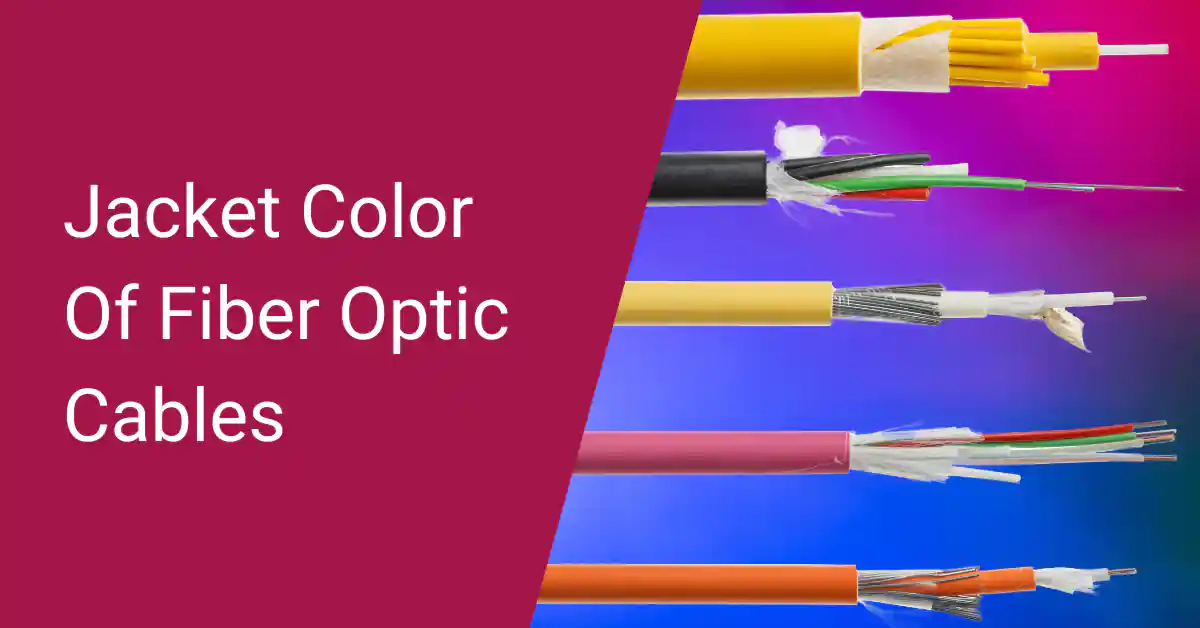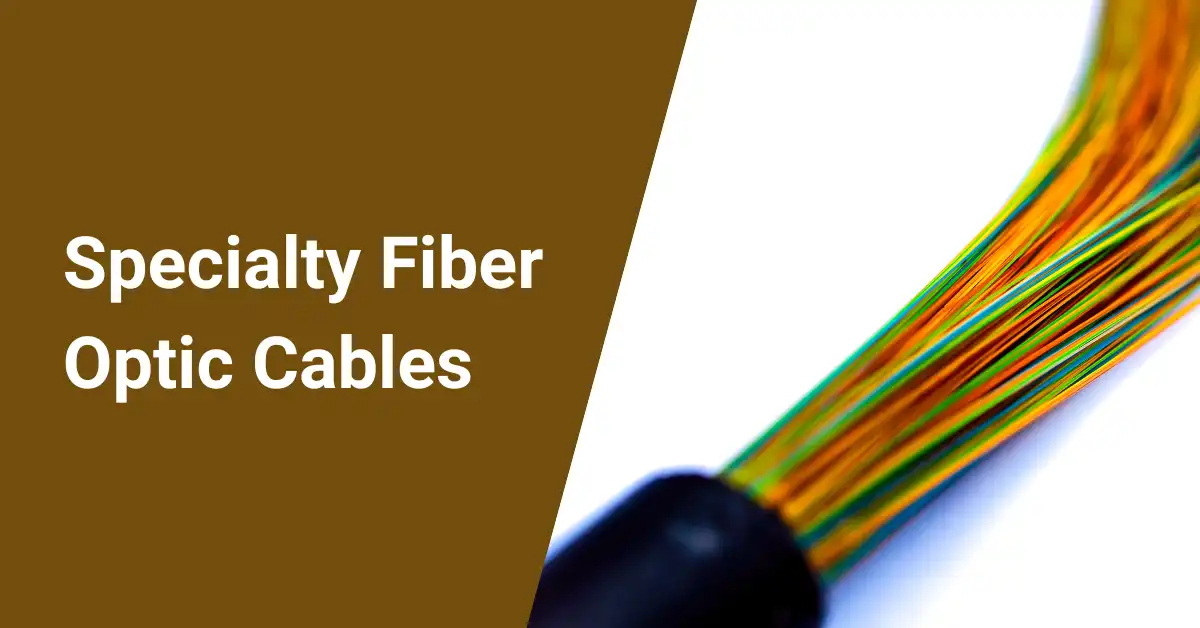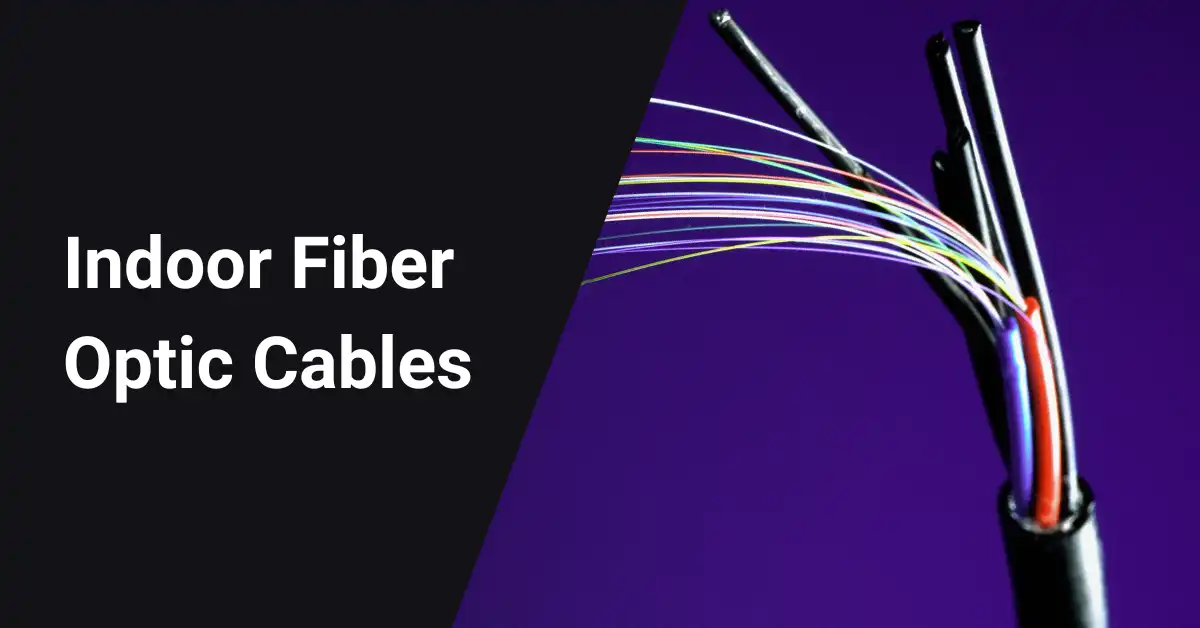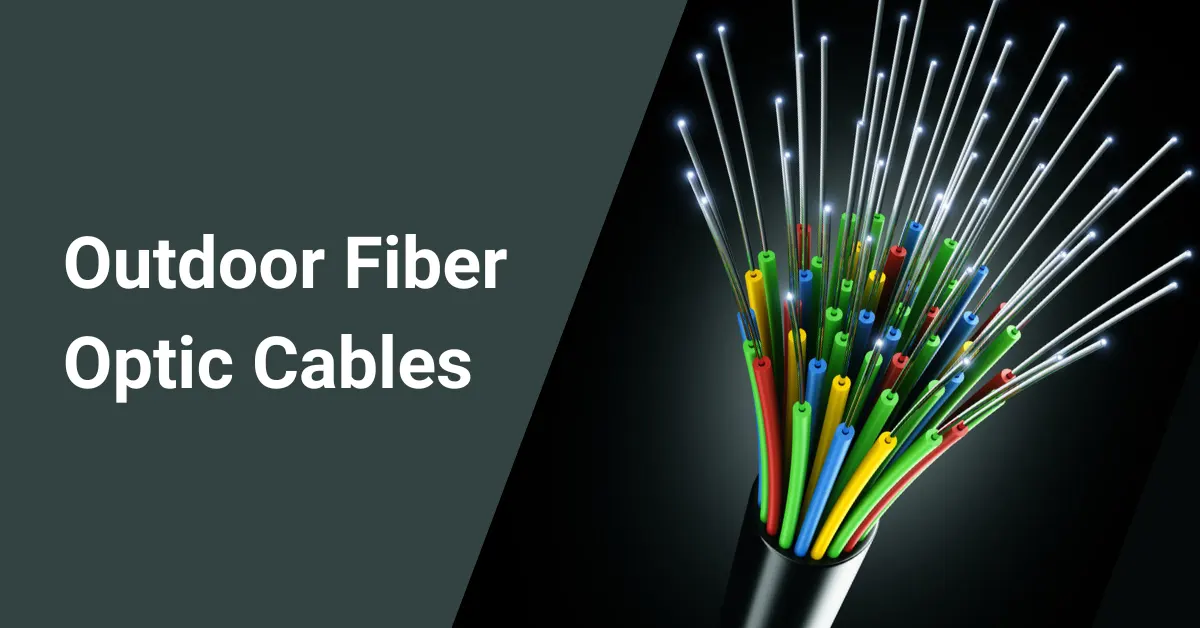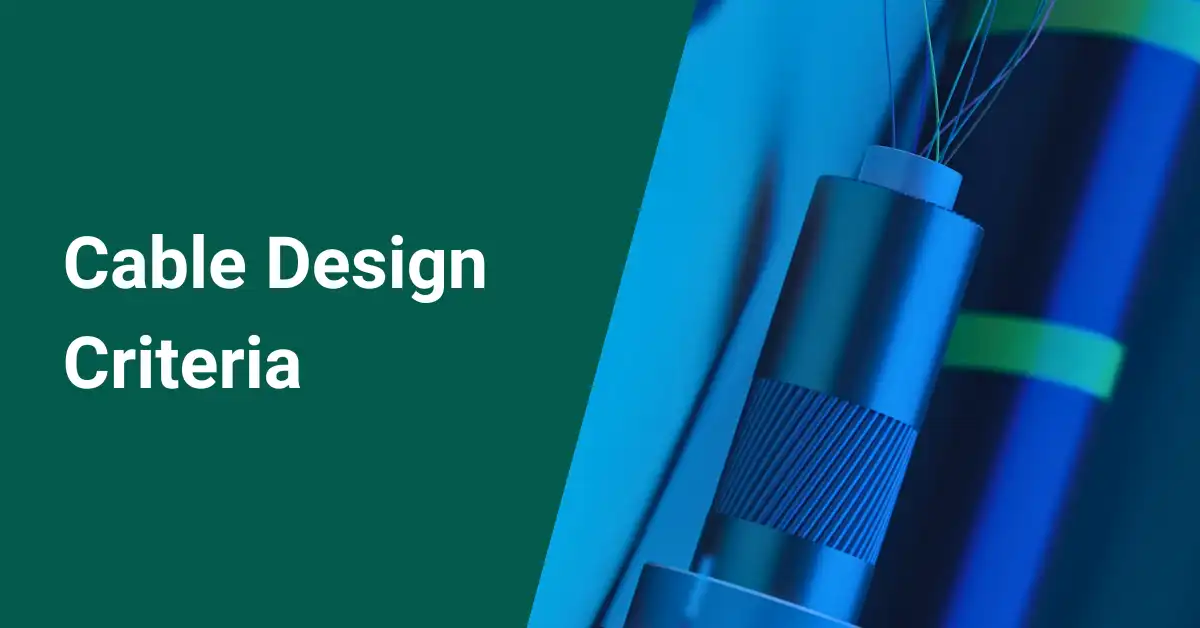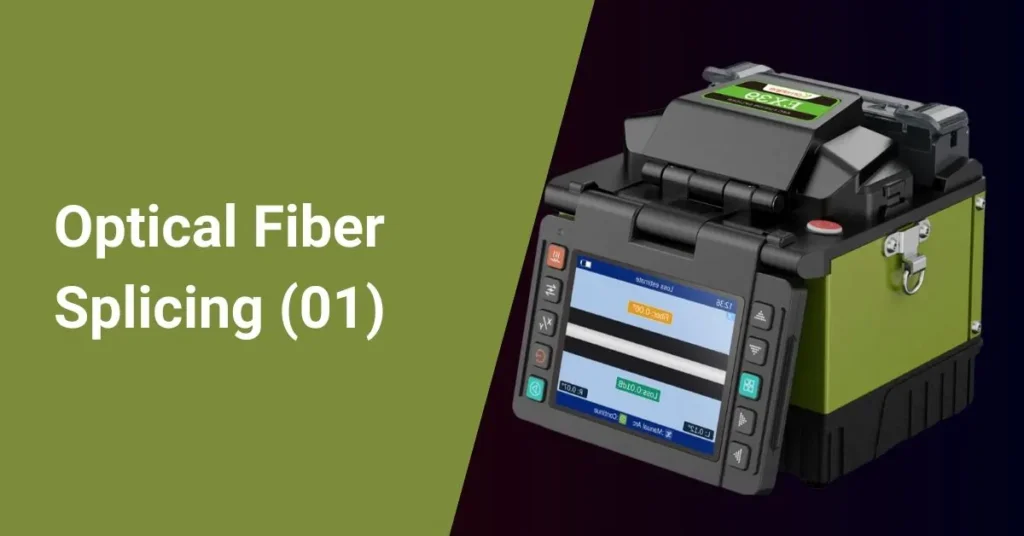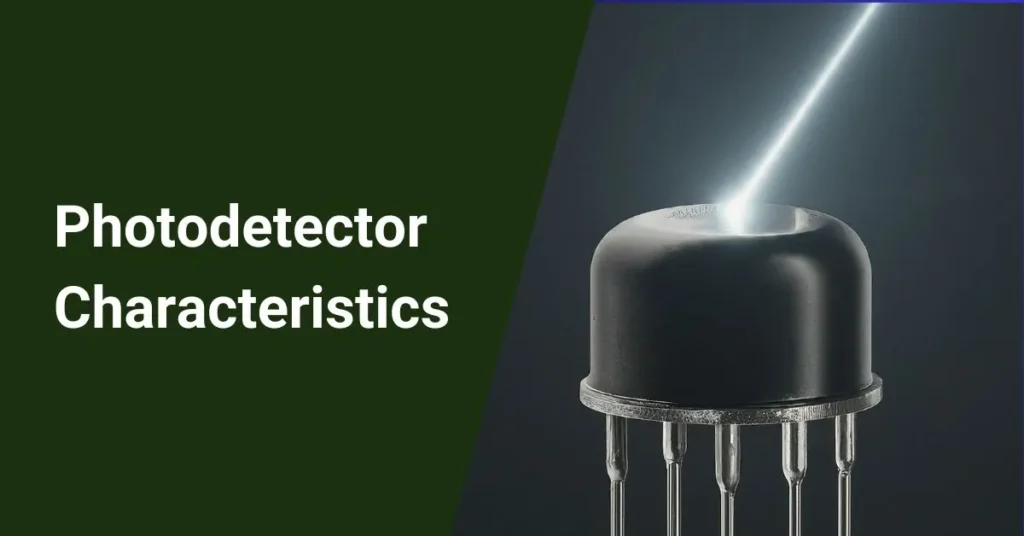White fiber optic cable is a type of fiber used for short-distance data transmission. It is called “white fiber optic” because of the color of its outer jacket. A fiber optic cable comprises thin glass or plastic fibers bundled together in a protective sheath.
This sheath has a protective jacket around it and is manufactured using materials such as PVC, LSZH (Low Smoke Zero Halogen), or Plenum. The color of the fiber optic cable is determined by the pigments added during the production of this outer coat.
These white optic cables are often used in telecommunications and networking applications such as connecting computer networks, telephone systems, and Internet service providers. Also, this white fiber optic cable is used in cable television, medical imaging, and military communications.
Obviously, these white fiber cables are more expensive than traditional copper cables. However, fiber optic cables are far ahead regarding data transmission speed, reliability, and security. Also, lightness and ease of handling are additional advantages.
Table of Contents
Why use white as its color
There is no specific reason why fiber optic cables are white. This white color is chosen for where the cable is used and for easy identification.
White is a neutral color that can easily be seen in different environments. Therefore, this white fiber optic cable is appropriate to easily identify cables in crowded or complex places.
The TIA-598C standard is also recommended for installing fiber optic cables in non-military applications. According to this standard, you can identify single-mode fiber optic cables with a yellow outer jacket and multimode fiber optic cables with an orange or aqua jacket.
However, there is no essential requirement that fiber optic cables be coated with a specific color depending on their transmission mode. The manufacturer or place of application determines its exterior color. Cable color may vary from manufacturer to manufacturer.
Labeling with tags or other markings is extremely important regardless of cable color alone.
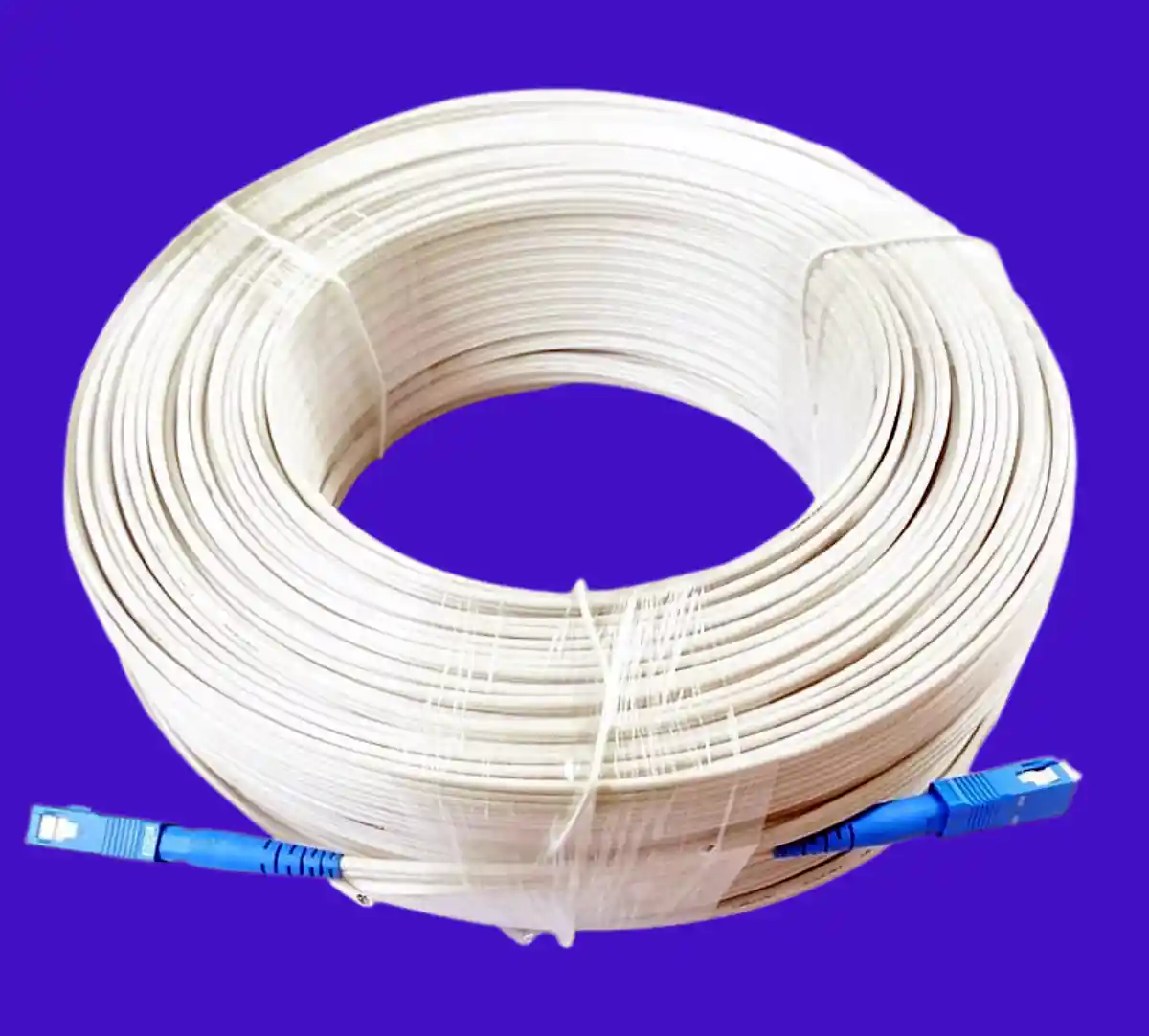
How to identify fiber optic cable by jacket color
The selection of fiber optic cable color varies according to different environments and types of applications. Here is the list of different colored fiber cables used for different environments and applications.
| Jacket color | Details |
|---|---|
| White | ⦿ The white color is very visible. |
| ⦿ White fiber optic cables are used where the cables must be easily visible, such as in crowded or complex installations. | |
| ⦿ Mainly used in environments such as office buildings or homes where they are mixed together with other cables. | |
| Grey | ⦿ Gray fiber optic cables are often used in industrial settings or outdoor environments. |
| ⦿ The main expectation is that the color of the cable blends with the surrounding environment. | |
| Black | ⦿ Black fiber optic cable is the most commonly used color for outdoor applications. |
| ⦿ This type of fiber optic cable is especially used in theaters or other entertainment venues. | |
| Red | ⦿ Red fiber optic cables are used in environments that need to be easily identified, such as emergency or security applications. |
| Blue | ⦿ Blue fiber optic cables are mainly used in environmental conditions such as marine or underwater applications. |
| Green | ⦿ Green fiber optic cables are used in outdoor or natural settings. |
| ⦿ The primary need is adapting to the green color. | |
| Yellow | ⦿ Yellow fiber optic cables are mainly used in construction or maintenance applications. |
| Orange | ⦿ Orange fiber optic cables are mainly used in environments such as industrial or outdoor applications. |
| Purple | ⦿ Purple fiber optic cables are mainly used in environments that need to be easily identifiable or visible, such as in medical or laboratory settings. |
What are the white fiber optic cables used for?
White fiber optic cables primarily serve as a medium for short-distance data transmission. Their key role is lessening signal attenuation along the fiber length, enabling higher bandwidth and faster data speeds.
Telecom and medical applications use them the most. Telecom networks connect devices within buildings and campuses. White fiber optics transmit clearer images during endoscopy and surgeries by reducing glare.
The white polymer coating protects the fiber cable while also cutting attenuation. While white fiber optics perform well for short ranges, their cost per unit length tends to be higher compared to regular fiber cables owing to the white coating.
Summary
White fiber optic cables employ a dye-infused outer jacket that is easy to spot in crowded settings. Their selection centers more on visibility than conductivity, appearing neutral against varied backdrops.
Identification standards recommend yellow for single-mode and aqua/orange for multimode cabling, but manufacturers freely choose exterior hues. Proper tagging ensures recognition regardless of pigment.
Common white fiber applications involve internal telecom networking within buildings plus medical imaging, necessitating glare minimization. Their short-range transmission maintains signal quality at faster speeds through lowered attenuation along the path.
While construction expenses exceed traditional copper cables gram for gram, white fiber optics realize advantages in transmission quality, dependability, and security for encapsulating sensitive data streams. Weight and handling simplicities complement these traits best, suiting compact, controlled installation environments.
FAQ
Does fiber cable color matter?
The color of the fiber cable is not important from a technical point of view. However, using different colors to identify and organize the cables is convenient.
Are fiber cables color-coded?
Yes, fiber optic cables are color-coded for identification and organization purposes. The actual fibers within the cable are usually colorless and transparent and are color-coded for ease of identification.
How do I identify a fiber optic cable?
You can easily identify a fiber optic cable by its external markings. It is usually marked with information such as manufacturer, fiber type, wavelength, number of cores inside, and length measurement values.
How do I know what type of fiber optic cable I have?
To identify the type of fiber optic cable you have, look at the cable jacket’s color, the core’s diameter, and any print legends on the cable. The color of the cable jacket can provide a clue to the type of fiber, with orange or slate jackets typically indicating multimode OM1 cables and aqua jackets indicating multimode OM3 or OM4 cables. Print legends on the cable may also provide information about the type of fiber, such as the manufacturer, the fiber type, and the cable rating.
What does a residential fiber cable look like?
Residential fiber optic cables typically look like any other type of cabling, with an outer layer of colored plastic or silicon tubing. The color of the tubing can vary, but it is often white, grey, or black. To determine if a cable is a fiber optic cable, you can look for a label or print legend on the cable that indicates the cable type.


